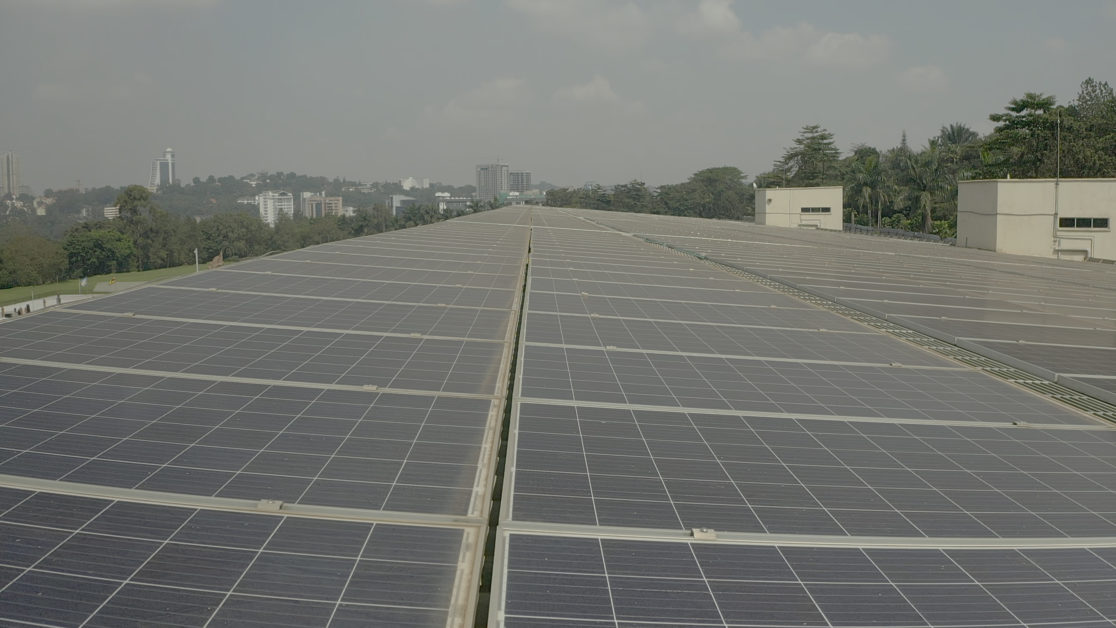Uganda’s Policy vision for Renewable Energy is to make renewable energy a substantial part of the national energy consumption. This is commendable given the current state of the global climate and dynamic weather conditions of this country.
According to a sector brief by GIZ, about 50% of the population have access to any form of electricity but only 24% have access to electricity for more than 4 hours a day leaving a very huge gap for the rest of the people. This presents an immense opportunity for the maximum utilisation of readily available natural resources to bridge this gap.
It is a well-known fact that for the majority of Ugandans, fuel wood and charcoal are commonly used forms of energy in most Ugandan households, a factor that plays a role in climate changes due to deforestation. The change in climate patterns has resulted in long dry spells of heat in the North, and floods in the Eastern regions hence affecting many families. This is where Solar energy comes in as an alternative intervention.
Uganda’s National Development Plan III aims to increase access to and consumption of clean energy with intervention strategies such as constructing 200 off-grid mini-grids using renewable energy. Additionally, Uganda Vision 2040 aims to have access to clean, affordable and reliable energy to facilitate industrialisation, among others.

Uganda is generously blessed with many renewable energy sources such as the sun, wind, water and biomass, but one would ask why their utilisation for energy purposes remains minimal and foreign to the larger part of the population. Why is this so, financing renewable energy infrastructure development and acquisition is often costly and highly technical for many countries, enterprises as well as consumers. While Uganda is a developing country and might not have the sufficient budget to develop technologies and infrastructure for sustainable energy, partnering with private sector investors can aid the development of the required grid infrastructures.
There are so many opportunities for the government to partner with private sector investors to develop the right infrastructure and bring in equipment that can promote the usage of solar power. Solar energy can also be used to promote other sectors like agriculture given the number of people –in millions, in rural areas that have no access to hydropower electricity. The government of Uganda has provided an avenue to partner with different companies providing green energy solutions with incentives like tax cuts. Nexus Green has been a beneficiary of this relationship, providing quality solar solutions to Ugandans. Through collaborating with the government, companies like Nexus Green enable the country to attain the United Nations Sustainable Development Goals (SDG) 9. This Goal calls for building resilient infrastructure, promoting inclusive and sustainable industrialisation as well as fostering innovation.
Solar energy is one of the most environmentally friendly energy sources and reduces bills by a great percentage in the long run, hence one can also expect a good return on investment if done on a large-scale project. The advantage of this option is how far wide it can go to solve pertinent issues for example; power access in refugee settlements, remote settlement areas, etc. Choosing green energy sources is another way to reduce carbon footprint and help conserve the environment.
The future of humanity is also dependent on how we help conserve the environment, therefore choosing a decarbonised energy source is crucial if we wish to save the planet. Renewable energy sources are inexhaustible and have no polluting emissions making them vital in combating climate change and creating an energy-independent economy.
